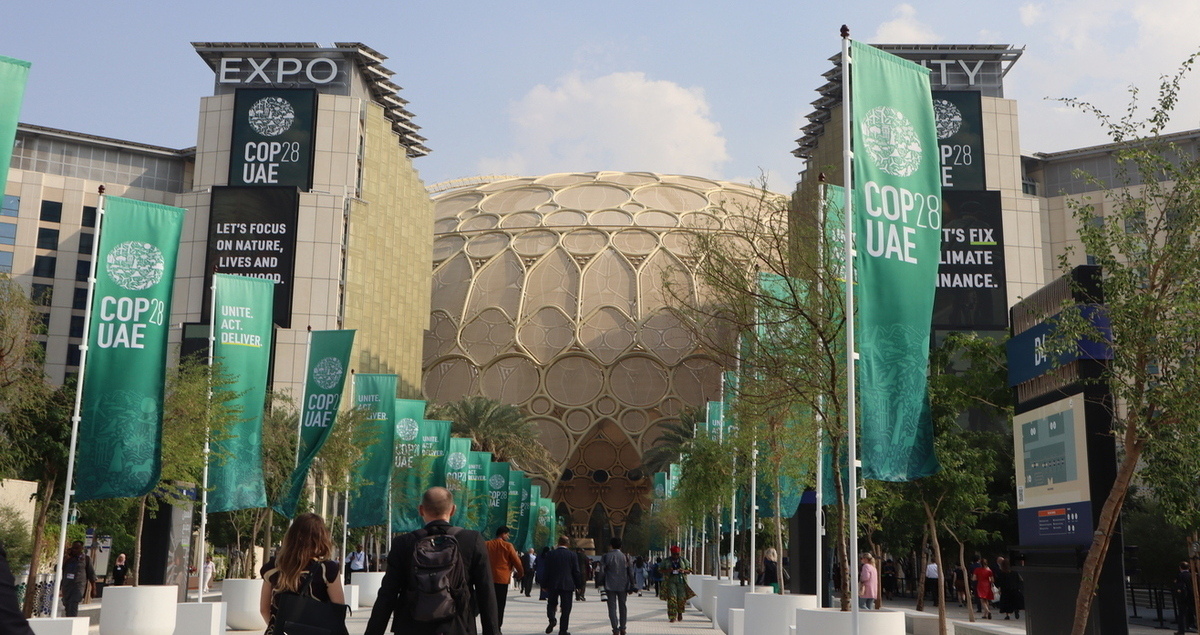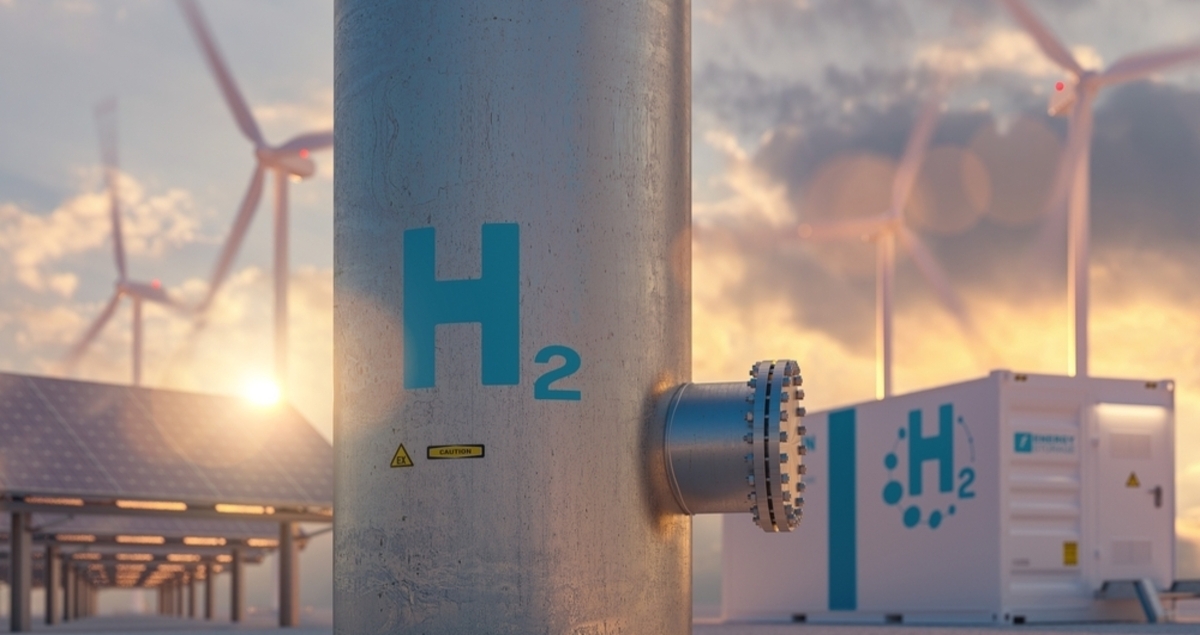Scaling green technology: A COP28 progress report

A media frenzy followed the historic decision at the COP28 climate talks to transition away from fossil fuels.
But behind the top-level announcements, important discussions were held on the practical ways to utilize the existing technologies that will enable that transition.
The infrastructure and know-how behind many clean-tech energy transition solutions — such as hydrogen, carbon capture, utilization and storage (CCUS), electrofuels, biofuels and renewables — already exists. What’s needed now is the right commercial, investment and regulatory environment to help these next-generation technologies overcome existing hurdles.
So, what needs to happen to evolve these solutions at sufficient scale to meet net zero emissions targets?
Acceleration and scale
These questions were the cornerstone of debate during a panel session titled Prioritising Technologies for Rapid Decarbonisation, which took place during the Sustainable Innovation Forum at the United Nations Climate Change Conference.
Professor Dr. Emmanouil Kakaras, Executive Vice President NEXT Energy Business at Mitsubishi Heavy Industries (MHI) EMEA, said that while there is a need for innovation, the key to accelerating progress is to harness the technologies in play today.
“If we take the commitments towards carbon neutrality by 2050, there isn’t time to invent new technologies,” he warned. “So, we have to rely on what we have in hand. And this is enough — simulations demonstrate that we can achieve decarbonization in time, for instance by using carbon capture for the hard-to-abate sectors, and electrolysis to produce hydrogen at scale.
“Both are existing technologies — if you take electrolysis, it has been around for 200 years. The difference now is in the business models, the scale, and the efficiency — because we have to use our finite resources in the best way.”

Given that many of the enabling technologies that will help reach decarbonization goals already exist, the focus, Kakaras explained, is on scaling up, finding additional use-cases and maximizing their efficiency. He identified the expanding application of heat pumps as an example of this.
“Heat pumps are an excellent example of how to remodel an existing technology, from application A, which was for domestic heating and cooling, to application B, which is for industrial use, delivering carbon reduction at scale,” he said.
Economic viability
Making the case for greener technology largely depends on its economic viability, said Ken West, President & CEO of Honeywell Energy & Sustainability Solutions (ESS).
“Institutions are out there looking for opportunities to finance projects that have strong returns. The way to get that is to help drive the demand for these technologies.”
Policies like the US Inflation Reduction Act or the EU’s Hydrogen Bank can work to create the right economic conditions for investors to minimize their exposure to risk while supporting the energy transition.
Meanwhile, long-term contracts and offtake agreements from the private sector can provide the right signals for demand, making the necessary infrastructure a reality, added Dr Gabrielle Walker, co-founder of non-profit Rethinking Removals.
New clean energy infrastructure
“It took a century to build the current carbon-based energy system we have today,” Mitsubishi Power Americas President and CEO Bill Newsom said on a panel session titled Infrastructure is King: Facilitating Emerging Hydrogen Economies at the Hydrogen Transition Summit at COP28. “The challenge now is to build a new low-carbon based infrastructure in less than 30 years.”
Some of these infrastructure projects span multiple continents and require unprecedented public and private sector collaboration.
Examples include the European Hydrogen Backbone, which could see up to 53,000 kilometers of hydrogen pipelines in place by 2040, as well as imports of clean hydrogen from the US and North Africa.
Discussing the infrastructure needs of this project and wider infrastructure, Jorgo Chatzimarkakis, the CEO of Hydrogen Europe told delegates: “If we really want to build up the infrastructure we need, we cannot do this with public funding only. We [also] need… private capital.”

Moving forward together
As so many entities are on the same decarbonization journey, Honeywell’s West agreed that a philosophy of collaboration rather than competition creates the right environment for enabling projects that can be scaled and are cost-effective.
Examples of this include the GravitHy project in France. This will create a green steel plant, where hydrogen will be used to produce direct reduced iron, replacing fossil fuel-based production. The venture brings together players including French energy group Engie, MHI group company Primetals Technologies, the EU’s EIT InnoEnergy innovation facilitator and French real estate developer Idec. It will form a key part of France's decarbonization strategy and establishment of a hydrogen economy.
Meanwhile, in Utah, Mitsubishi Power Americas and Chevron are developing the Advanced Clean Energy Storage Hub (ACES Delta Hub). This will see the realization of a utility-scale clean hydrogen production facility that nearly doubles clean hydrogen production worldwide.
Commenting on the project, Craig Broussard, President, CEO and Board Chair for ACES Delta said: “Choosing your partners wisely is critically important; make sure they have the same value system as you do. If you get misaligned, it’s not going to end well.”

The discussions and insights shared by experts at COP28 underscored a pivotal truth — the technologies necessary for a clean transition already exist. Indeed, Newsom added that Mitsubishi Power Americas has been working on additional projects that leverage the same model as the ACES Delta Hub to replicate the concept across the US.
The challenge now lies in the swift adaptation of business models, efficient scaling and broadening the applications of existing solutions.
As we move forward together, the imperative is clear: it's not just about embracing change; it's about accelerating the pace of that change for a greener, more resilient tomorrow.
Learn more about Mitsubishi Power’s progress on hydrogen power generation





